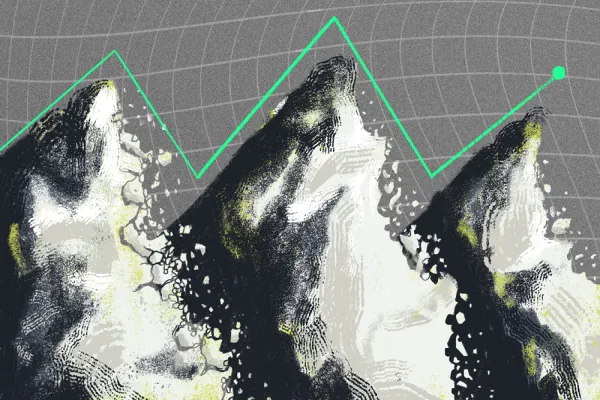There were plenty of signals to warn investors away from Infinity Q’s $1.8 billion Diversified Alpha Fund long before the redemption gates went up, according to a quantitative analysis by Markov Processes International.
The fund, a mainstream version of a hedge fund called a liquid alternatives fund, had grown quickly on the back of the prestigious roots of its founder. (Infinity Q Capital Management, founded by James Velissaris, spun out of the family office of TPG’s David Bonderman.) But according to MPI, which uses a returns-based style analysis, the now-liquidating fund produced excess returns in a highly consistent way, which is clearly attractive to investors, but rare in the real world.
“Although it may be perfectly legitimate, we consider it to be a potential red flag when a fund has such large and consistent positive alpha, especially in comparison to its peers,” MPI argued in its report.
Investors first learned of the fund’s troubles in February, when the Securities and Exchange Commission said Infinity Q had asked for the go head to deny investors’ requests for redemptions because it couldn’t value the positions in the portfolio. Shortly after this announcement, Infinity Q put Velissaris, the fund’s portfolio manager, on administrative leave. The SEC claimed that Velissaris had been “adjusting certain parameters” of the models that value the swaps and other derivatives in the portfolio. As a result, the asset manager couldn’t say whether or not these securities were fairly valued. The fund is now being wound down and an investigation by the SEC and other agencies is underway. The fund and manager are also the subject of multiple lawsuits.
[II Deep Dive: An Investor Has Filed a Class Action Lawsuit Against Infinity Q]
MPI also found that a large proportion of Infinity Q’s returns couldn’t be explained, another warning signal.
The fund’s short exposure to value equity was the biggest winning bet, contributing 7.53 percent to total returns over the fund’s life. At the same time, Diversified Alpha’s long position in equity momentum contributed 5.01 percent to returns. The fund’s short exposures to term spread and commodities were the biggest sources of negative returns. But the sources of most returns were not clear.
“In the case of Infinity Q Diversified Alpha, our [dynamic style analysis] suggests that the majority of the fund’s returns over the past 6+ years remain unexplained, quantitatively speaking,” MPI said in the report. “Reviewing these quantitative results would leave many advisors and analysts wondering ‘is this performance too good to be true?’”







